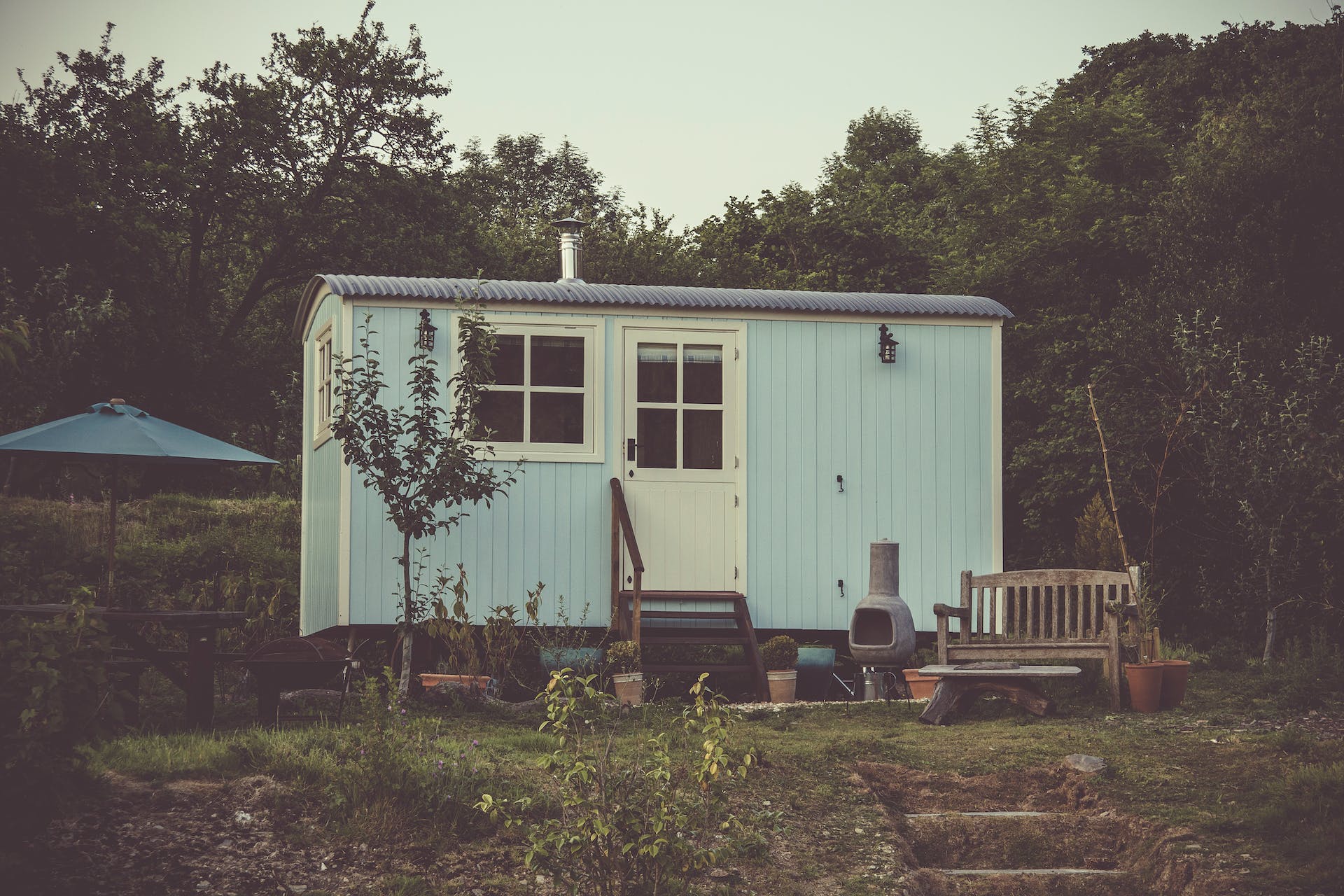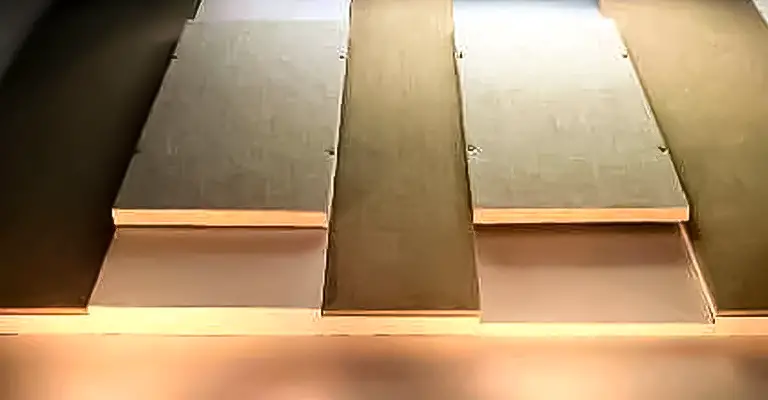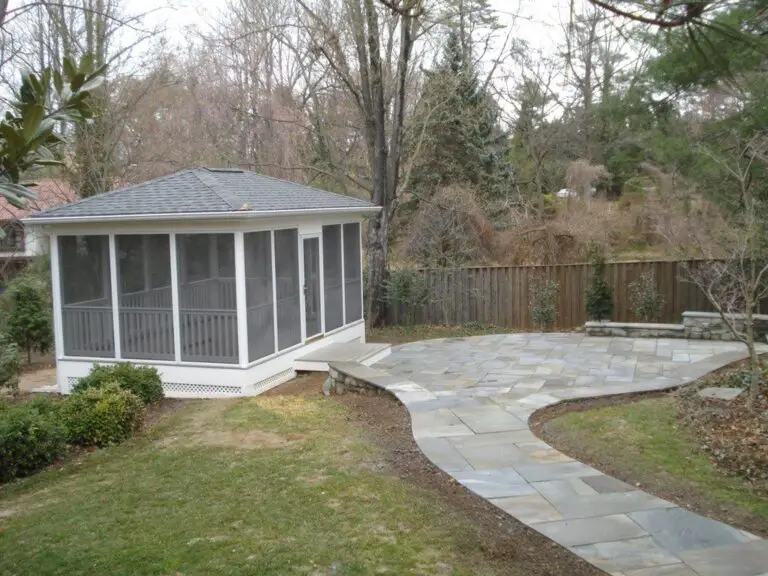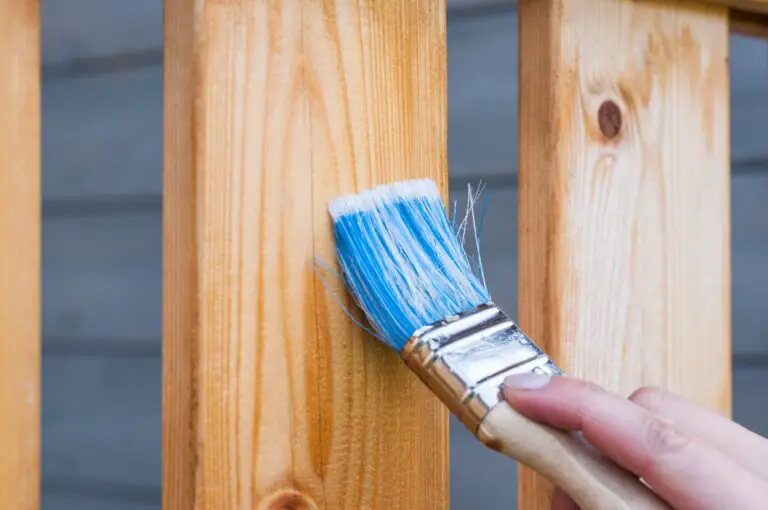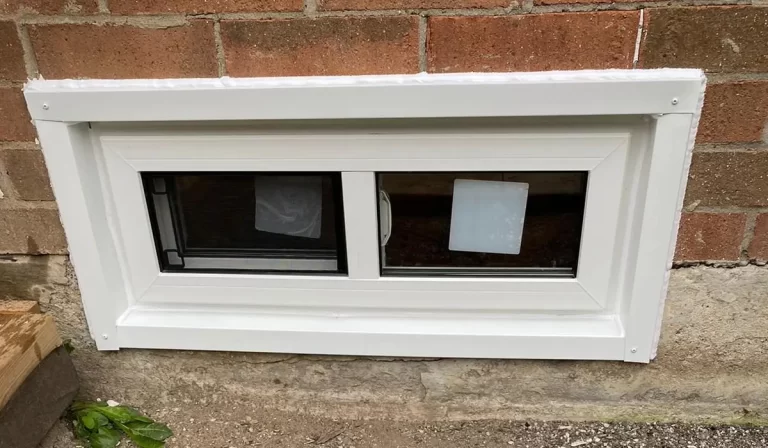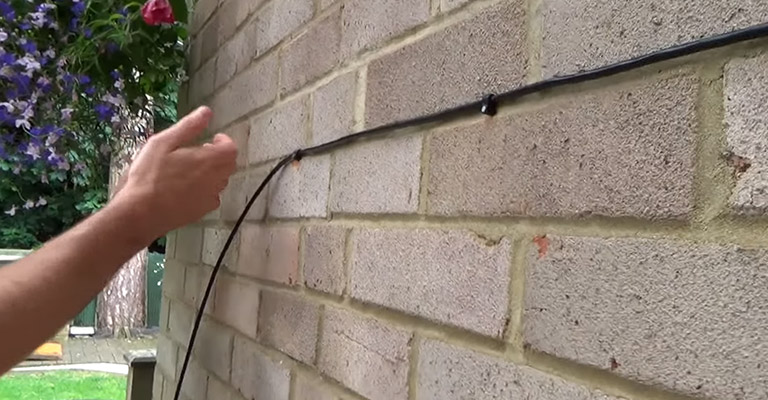Building a Tiny Home: Appeal and Benefits
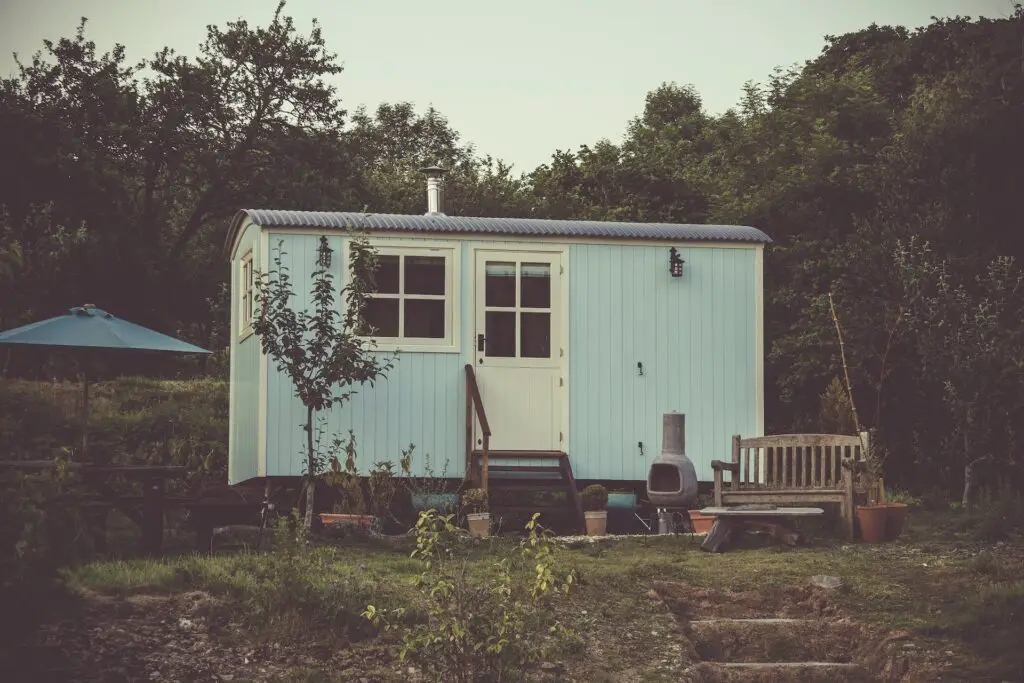
Creating a tiny home has become a popular choice for those seeking a minimalist lifestyle, affordable living, and a reduced environmental footprint. This comprehensive guide will delve into the essential steps and considerations for building a tiny home, offering valuable insights for anyone considering this unique and sustainable housing option.
Understanding the Appeal of Tiny Homes
Tiny homes, typically measuring between 100 and 400 square feet, offer a simplistic and eco-friendly living space. They appeal to individuals and families who want to downsize their living space and minimize their impact on the environment. The affordability of tiny homes also makes them an attractive option for those looking to avoid the financial burden of traditional homeownership.
Planning Your Tiny Home
Defining Your Needs and Goals
Before embarking on building a tiny home, it’s crucial to define what you need from your living space. Consider factors like the number of occupants, the need for workspaces, and lifestyle preferences.
Design and Layout
Designing a tiny home requires meticulous planning to maximize space. Utilizing multi-functional furniture and innovative storage solutions is key. Consider lofted beds, foldable tables, and built-in storage.
Choosing a Location
The location of your tiny home can vary from urban backyards to rural landscapes. Research local zoning laws and regulations as they can significantly impact where you can place your tiny home.
Budgeting
Setting a realistic budget is essential. The cost of building a tiny home can range from $10,000 to $100,000, depending on factors like size, materials, and amenities.
The Building Process
1. Selecting a Foundation
Tiny homes can be built on a permanent foundation or on wheels. A mobile tiny home offers flexibility in location but comes with additional considerations such as vehicle towing capacity and road legality.
2. Material Selection
Choosing the right materials is crucial for the durability and insulation of your tiny home. Opt for high-quality, sustainable materials that offer good thermal performance.
3. Construction
Whether you’re DIY-ing or hiring professionals, the construction phase requires detailed attention to electrical wiring, plumbing, insulation, and interior finishes.
4. Utilities and Services
Plan for utilities like water, electricity, and sewage. Off-grid options like solar panels and composting toilets are popular among tiny home enthusiasts.
Legal Considerations and Challenges
Understanding the legal landscape is vital. Many areas have specific codes and standards for tiny homes, especially if they’re on wheels. Navigating these regulations can be challenging, so it’s important to do thorough research or consult with legal experts.
Living in a Tiny Home: What to Expect
Living in a tiny home is a lifestyle change. It encourages decluttering, energy efficiency, and a closer connection with the outdoors. However, it also comes with challenges such as limited space and a need for constant organization.
Maximizing Space in Your Tiny Home
One of the most critical aspects of tiny home living is the efficient use of space. Here are some tips:
Custom Built-ins
Opt for custom-built furniture that fits your space perfectly. Think under-stair storage, wall-mounted desks, and drop-down tables.
Vertical Space Usage
Utilize vertical space with high shelves, loft beds, and hanging storage solutions.
Light and Color
Use light colors and plenty of natural light to make the space feel larger and more inviting.
Sustainability and Eco-Friendly Practices
Tiny homes are inherently eco-friendly due to their size, but there are additional steps you can take:
Energy Efficiency
Install energy-efficient appliances, LED lighting, and consider solar panels for electricity.
Water Conservation
Use water-saving fixtures and, if possible, a rainwater collection system.
Sustainable Materials
Choose renewable materials like bamboo for flooring and cabinetry.
Community and Support
Building a tiny home isn’t just about construction; it’s about joining a community. Engage with online forums, social media groups, and local meetups to share experiences and get advice.
Cost-Saving Tips
Building on a budget? Here are some cost-saving strategies:
DIY as Much as Possible
The more you can do yourself, the more you’ll save. This includes painting, installation of fixtures, and even some carpentry work.
Reclaimed Materials
Use reclaimed or recycled materials for a unique look and cost savings.
Shop Around for Appliances
Look for deals on appliances, especially compact models designed for small spaces.
Final Thoughts
The journey to owning your own tiny house is an empowering and fulfilling endeavor. By embracing the compact and efficient nature of tiny houses, you not only save money but also contribute to a more sustainable way of living. Considerations such as installing solar panels can further enhance energy efficiency, while choosing the right location, be it a mobile home park or an RV park, adds another layer of lifestyle flexibility. Navigating through the essentials of home construction, from securing a building permit to deciding on the square footage that suits your needs, underscores the importance of thorough planning. Paying close attention to details like the installation of major appliances, ensuring a proper vapor barrier, and safely routing gas lines are critical in avoiding costly mistakes.
Moreover, designing a functional floor plan is crucial in maximizing the utility of each square foot in your tiny home. Adhering to local regulations, especially when installing systems like a septic system, ensures compliance and safety. As you build a tiny house, remember that it’s not just about creating a physical structure, but also about crafting a lifestyle that resonates with your values and aspirations. By being mindful of these aspects, you can successfully navigate the complexities of tiny house construction, ensuring that your small abode is not only a testament to minimalist living but also a durable, safe, and comfortable home.

